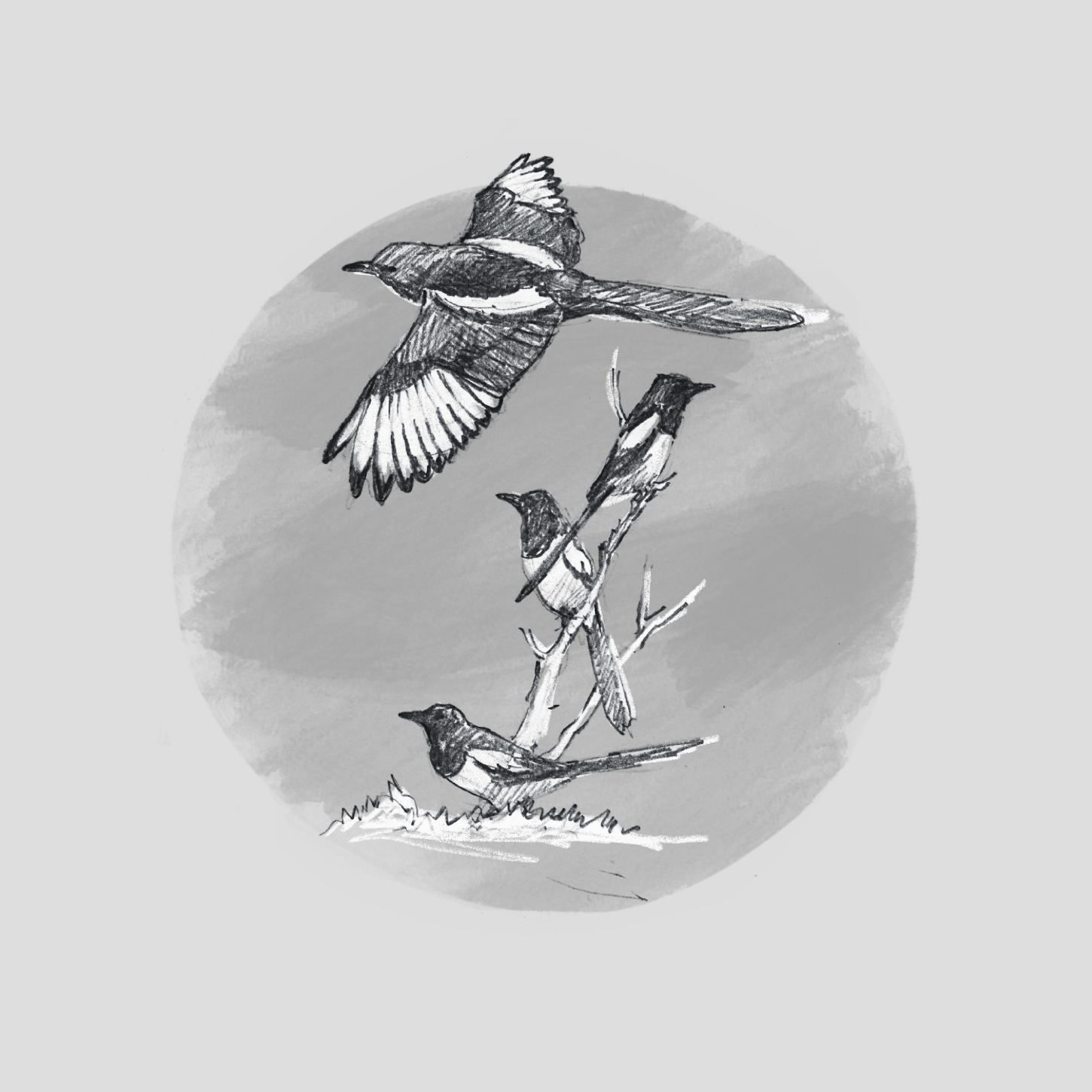JAY (Garrulus glandarius) - Geai des chênes
SUMMARY
Jays are noisy messy birds, tumbling around in woodlands and forests. They make a wide variety of sounds, can mimic other species, but the most defining call is a raucous squawk:
Jay © Arlette Berlie
The generic name of the Jay is "garrulus", I'm not sure who decided this - but for me it is very appropriate as I always think of Jays as being the "lager louts" of the birds in our region. Although they can be extremely silent and secretive I find that more often they tumble noisily through the tree tops in small loose flocks, giving raucous cries, shaking everyone up and being generally objectionable to all and sundry ! This bad behaviour seems to be emphasised by their brilliant colouration and scruffy crest which almost seems to be an aggressive statement to the world that they are going to behave badly and don't care what anyone thinks !
OK this may be a bit over the top but you understand the general impression they make on me.
The most conspicuous noise they make is a harsh rasping call which is often repeated by those nearby:
and here is another example where a group of Jays shook up a flock of Mistle Thrushes who started alarming:
Jay © Arlette Berlie
But this rather discordant sound is not the only trick in the Jay's repertoire, I find they can make a whole host of the most strange noises, here is one which sounded somewhat distressed, when I finally spotted it there seemed to be nothing wrong, but it did attract another Jay to come and look at it:
Jays can mimic other species, and that last sound was very similar to a Middle Spotted Woodpecker. I have read that they can mimic the braying of a donkey, this one was close to that but sounded more like a cheap bicycle horn:
I spent a half hour chasing down this one which I was convinced was a woodpecker making a noise I had not heard before, until I finally found it and then the usual squawk identified the culprit:
They also frequently make a sound very much like the call of a Buzzard - I only seem to have a single call on file so in this piece I have edited it so that it repeats the same call 4 times to give you the idea:
For a comparison of this call with a real Buzzard see the sonogram analysis on that page.
Jay © Arlette Berlie
But to make up for the injustices I may have done to this bird I have to close by saying that I have heard what seem to be pairs communicating in a very calm, quiet, subtle almost tender fashion. In this example, although the bird could not help but throw in a few squawks, you can also hear several trills, chuckles and churrs which are very quiet and clearly only intended for the ears of the partner nearby:






